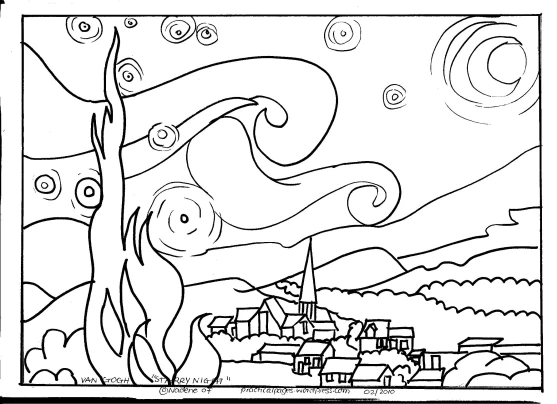Fridays are Fine Arts Days
when we do our Famous Musician composer study and our Famous Impressionist Artist of the month. It is also the day we do poetry!
It is a inspiring and fun activity we all look forward to!
I usually schedule one poem each week.
Sometimes it is one good, long story poem which the kids soak in …
like …
The Highwayman by Alfred Noyes, which my kids really loved. We recited some parts with dramatic expression (tried to do it like Ann of Ann of Green Gables).
They also loved The Pied Piper of Hamelin by Robert Browning (all XV parts!)
The Listeners by Walter de la Mare was dramatic! My youngest loved to illustrate this poem!
And every child has to listen to Hiawatha’s Childhood by Henry Wadsworth Longfellow.
And remember how we created Lego diorama for The Lady of Shalot by Lord Alfred Tennyson?
But we often end up covering several short, fun and nonsense poems in one sitting like …
Mr Nobody Anon
Colonel Fazackerley by Charles Causely
The Owl and The Pussy-Cat by Edward Lear
The famous nonsense poem Jabberwocky by Lewis Carol
We love the play of words and their meanings, the sounds and rhythms of words, the rhymes and the ideas. These fun and nonsense poems declare,
“You can do this too!”
And that’s how we have done poetry the last while.
We make our own versions of the poems!
We illustrated or painted our poems.
We dramatized the poem and even made finger puppets.
We created a tunnel book pictures of The Door by Miroslav Holub.
We each created our own versions of Cardinal Ideograms by May Swenson.
Not only did my 11-year-old-I-can’t-write-poems child write extremely clever concepts for each number shape, but she wrote them all about her beloved cat! A Cat Cardinal Ideograms!
My youngest 9-year-old became quiet and thoughtful and came up with these original ideograms:
And, while they were creative, I joined in and created these Ideograms: I’m excited that we are playing with poetry. I love that we love to play and work with words! I love that we have moved from reluctant writers to creative poets! Poetry inspires, and I hope that each child discovers their unique gift with words.
I’m excited that we are playing with poetry. I love that we love to play and work with words! I love that we have moved from reluctant writers to creative poets! Poetry inspires, and I hope that each child discovers their unique gift with words.
I use a compilation called The Works 7 – Classic Poems for the Literacy Hour by Brian Moses which I bought cheaply at Bargain Books Store.
The other anthology is our Sonlight poetry book, The Oxford Illustrated Book of American Children’s Poems edited by Donald Hall.
Use whatever you have on hand or find at the library and enjoy poetry with your children!
Blessings,


































You must be logged in to post a comment.